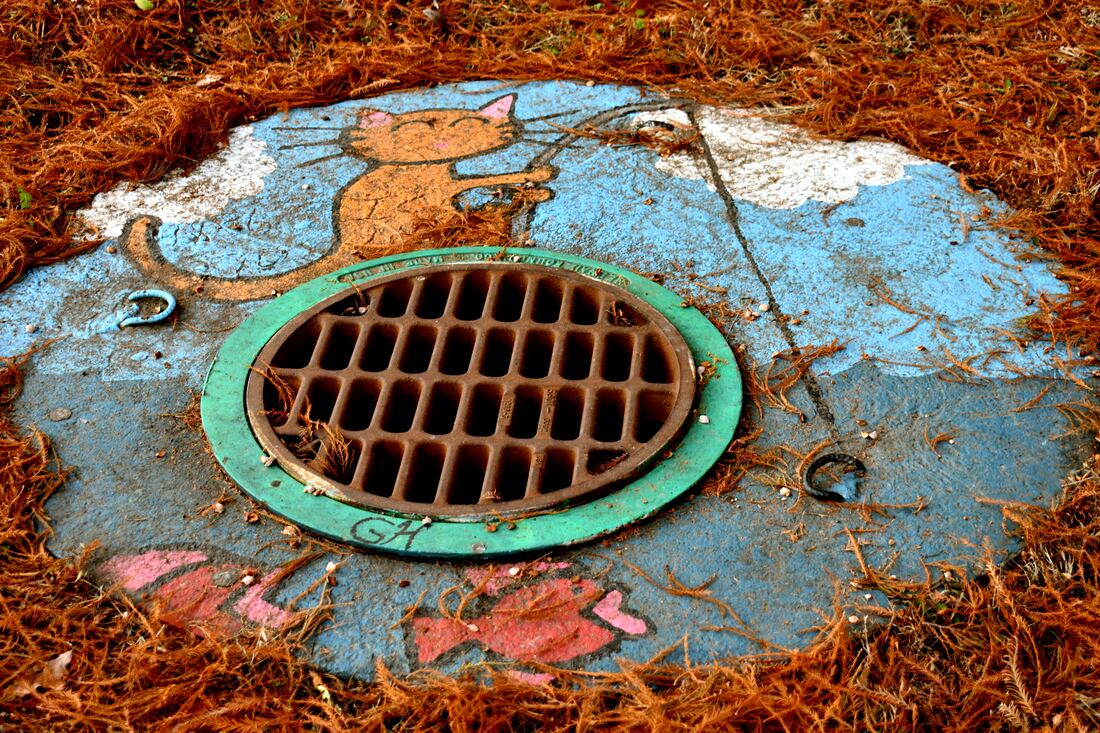|
In Arizona, there are three regulatory paths for stormwater discharge at industrial facilities:
This program falls under the National Pollutant Discharge Elimination System (NPDES) stormwater program of the national Clean Water Act, as applicable to the state and local jurisdiction where the subject property is located. States adopt general permits that cover a wide range of industrial and business activities. A permit must be obtained for facilities where stormwater is considered “contact stormwater”, from either the state or the city, depending on where the stormwater is discharged. However, some industrial activities are not covered or exempted under general permit standards. Non-contact stormwater flows on an industrial property means stormwater that does not come into contact with industrial operations or loading/unloading activities. For facilities that are not planning discharge pollutants into the stormwater system, there are two ways to proceed:
1 Comment
|
Marty WaltersEnvironmental Scientist Archives
March 2021
Categories
All
|
Proudly powered by Weebly



 RSS Feed
RSS Feed